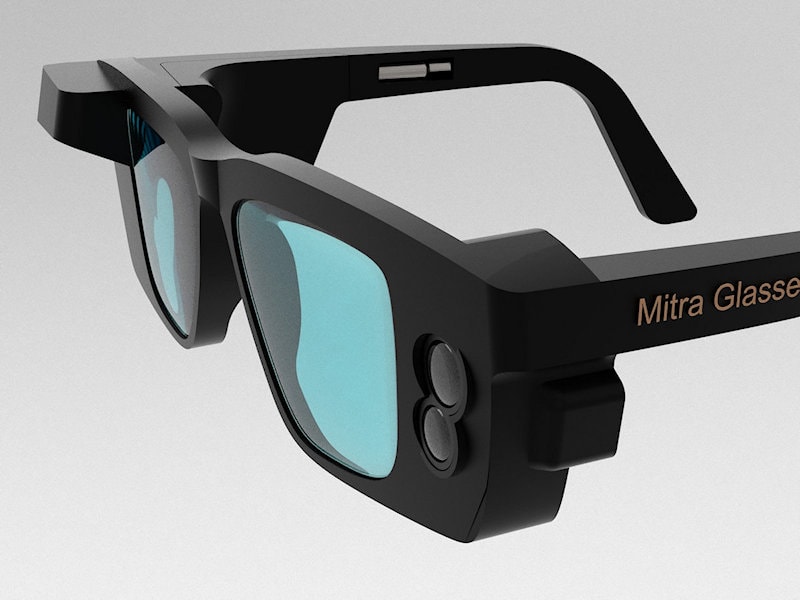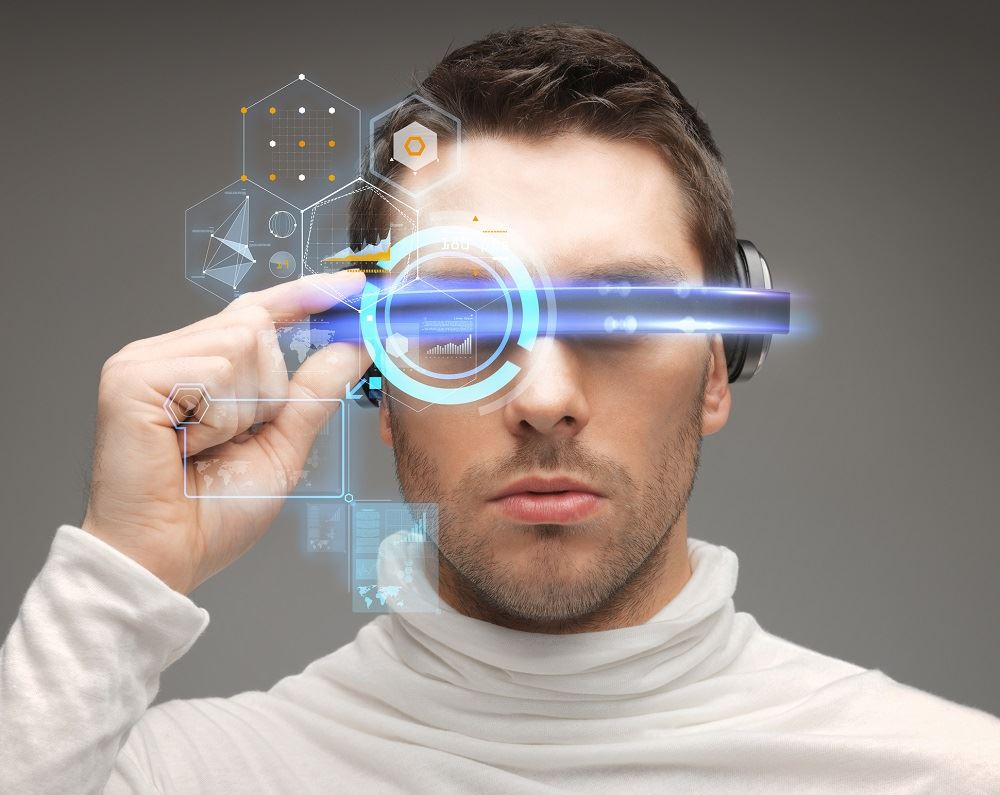Maximizing Efficiency with Screen Readers for the Blind: A Comprehensive Guide
Discover Advanced Assistive Tools for Individuals With Aesthetic Problems
The landscape of assistive modern technology for people with visual problems is advancing quickly, presenting a range of cutting-edge gadgets that boost freedom and engagement (Braille displays and notetakers). From smart glasses that seamlessly merge visual input with auditory advice to sophisticated navigation applications that redefine spatial understanding, these tools are reshaping possibilities. The newest innovations in Braille innovation and voice-activated systems dramatically contribute to ease of access. The effects of these developments prolong much beyond simple capability; they challenge traditional assumptions of disability and self-reliance. What might this mean for the future of addition and assistance?
Smart Glasses Innovations
Smart glasses stand for a substantial improvement in assistive technology for individuals with aesthetic impairments. Equipped with cameras and sensing units, wise glasses can catch real-time aesthetic info, which is after that refined and shared to the individual through audio comments or haptic experiences.
Additionally, advancements in synthetic intelligence have actually additionally boosted the abilities of clever glasses. Artificial intelligence algorithms can recognize faces, read message, and determine things, making them invaluable tools for everyday tasks. Customers can receive auditory hints that offer context regarding their environment, promoting freedom and confidence.
Furthermore, the ergonomic layout and light-weight nature of several wise glasses make them appropriate for long term usage, ensuring convenience while enhancing functionality. As these gadgets remain to evolve, they hold the possible to change the means individuals with visual disabilities experience their everyday lives, linking the space between availability and innovation. The ongoing research and development in this field pledge to broaden the opportunities for wise glasses, making them a crucial component of modern assistive gadgets.
Navigation Apps and Tools
Numerous navigation applications and tools have actually become important resources for individuals with aesthetic impairments, considerably improving their capability to pass through strange settings. These modern technologies leverage general practitioner capability, audio cues, and real-time data to provide customers with specific navigation assistance.
One popular instance is the Aira app, which attaches users to skilled representatives that can offer aesthetic descriptions of environments and navigating guidance through a live video clip feed. This solution improves the user's spatial recognition and self-confidence while navigating. Another noteworthy tool is Seeing Eye GPS, which provides voice-guided navigating and factors of interest, enabling customers to accessibility crucial details concerning their surroundings.

As innovation remains to development, the growth of much more advanced navigation tools guarantees to more equip people with aesthetic problems, facilitating seamless flexibility and combination into varied environments. Such advancements are critical in advertising a much more inclusive culture.
Braille Modern Technology Advancements
In the last few years, advancements in Braille technology have considerably changed how people with visual disabilities gain access to details and engage with the globe around them. The growth of portable Braille screens has actually revolutionized reading by permitting individuals to attach wirelessly to mobile phones, computer systems, and tablets. These tools convert text right into Braille in real-time, enabling seamless communication with digital web content.
Furthermore, innovative Braille printers have actually emerged, boosting the production of tactile materials. Modern embossers are faster and much more efficient, permitting for the fast development of see this website Braille files and academic products. This efficiency minimizes the time and expense related to producing Braille resources, making them a lot more accessible to colleges and companies.
Additionally, the assimilation of Braille with other modern technologies, such as expert system and device knowing, has actually opened up new avenues for individualized learning experiences. Voice recognition and synthesis technologies can match Braille, providing an inclusive method to details circulation.
As the demand for inclusive education and work environment atmospheres grows, these technological improvements play a critical duty in empowering individuals with aesthetic problems, ensuring they have equivalent access to info and opportunities in different facets of life.
Wearable Instruments for Self-reliance
A growing selection of wearable gadgets is enhancing freedom for people with aesthetic impairments, using ingenious remedies that boost navigation and day-to-day living. Braille displays and notetakers. These devices utilize innovative modern technologies to supply real-time comments and assistance, promoting autonomy in various environments

Wearable modern technology also includes smartwatches that can be programmed with accessibility features, enabling users to obtain notifications, track their areas, and even ask for help with the touch of a button. Some gadgets incorporate fabricated intelligence to evaluate the environment, offering my response audio summaries of neighboring objects or people.
Voice-Activated Assistive Solutions
Leveraging voice-activated assistive services has changed the landscape of assistance for people with visual problems, providing hands-free interaction and access to a range of jobs. These innovations use natural language processing and expert system to allow customers to execute everyday tasks via simple voice commands.

Moreover, recent innovations in voice recognition precision have enhanced the individual experience dramatically, fitting varied accents and speech patterns. This inclusivity makes sure that even more people can profit from these modern technologies, cultivating a greater feeling of freedom.
Verdict
To conclude, the growth of innovative assistive gadgets considerably boosts the independence and lifestyle for individuals with aesthetic problems. Advancements such as smart glasses, navigation applications, Braille modern technology, wearable tools, and voice-activated solutions jointly cultivate an even more inclusive setting. These modern technologies empower users to navigate their environments with confidence and involve more fully with the world, inevitably promoting higher ease of access and level playing fields for people facing visual difficulties.
The landscape of assistive technology for people with visual disabilities is evolving quickly, providing an array of ingenious tools that improve autonomy and engagement.Smart glasses represent a substantial development in assistive technology for people with aesthetic problems. As these tools proceed to develop, they hold the prospective to change the means people with visual problems experience their everyday lives, connecting the space in between accessibility and innovation.In current years, improvements in Braille modern technology have dramatically changed exactly how people with aesthetic disabilities accessibility details and involve with the globe around them. These technologies encourage customers to navigate their environments with confidence and involve more totally with the world, eventually promoting better accessibility and equivalent possibilities for people facing aesthetic challenges.